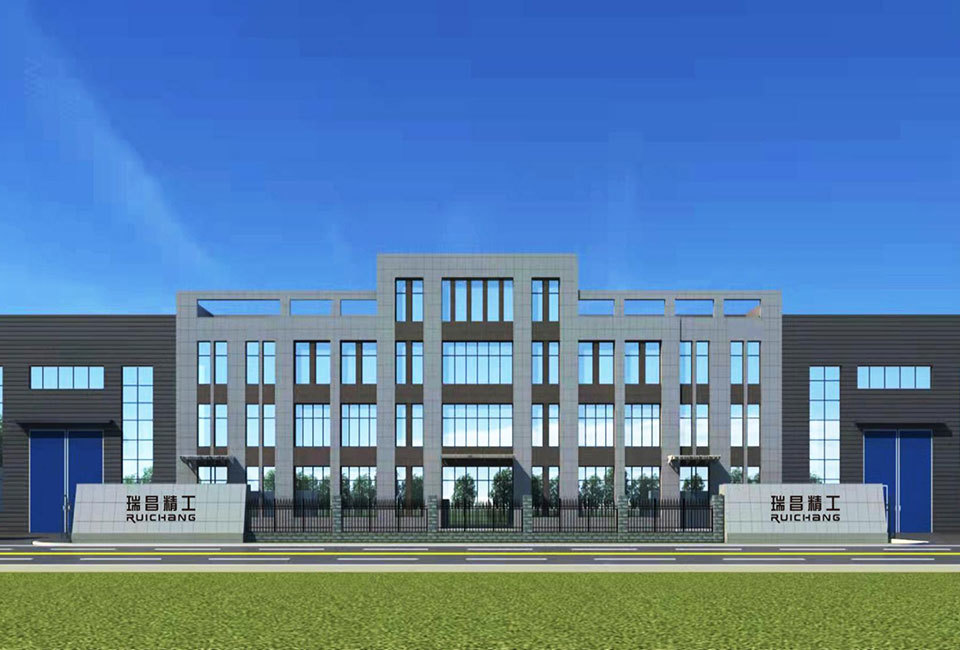Platesc: Common Questions Unveiled
Tiempo de liberación:
Aug 18,2025
Dive into the FAQs about platesc, exploring insights and answers to common queries.
Understanding Platesc: The Basics
Hey there! Ever found yourself scratching your head over the term "platesc"? Yeah, me too! It might sound like a fancy tech jargon, but it's actually quite relatable. In simple terms, platesc refers to plate tectonics, a fundamental concept in geology. You know, the stuff that explains how our planet's landforms and earthquakes come about! So, let's dive into the nitty-gritty and tackle some common questions that pop up about platesc.
What is Platesc Anyway?
Alright, let's break it down: platesc, or plate tectonics, is the theory that the Earth's outer shell is divided into several plates that glide over the mantle. Think of it as a giant jigsaw puzzle where the pieces are constantly moving, albeit super slowly. Crazy, right? This movement causes all sorts of geological phenomena, from mountains to earthquakes.
Why Do We Care About Platesc?
Good question! Understanding platesc helps us make sense of our world. For instance, knowing how these plates interact can help predict earthquakes and volcanic eruptions—pretty crucial info if you ask me! Plus, it gives us insight into natural resources and how they're distributed across the globe.
Common Questions About Platesc
So, what do people usually wanna know about platesc? Here's the lowdown on some frequently asked questions:
1. How Many Plates Are There?
Believe it or not, there are about 15 major tectonic plates and numerous smaller ones. The Pacific Plate is the largest, stretching over 39,000 kilometers. It's like the heavyweight champion of the tectonic world!
2. What Happens When Plates Collide?
When plates collide, it's like a cosmic bumper car ride! Depending on how they interact, they can create mountains, trigger earthquakes, or even lead to volcanic activity. It's all about the type of boundary they form—convergent, divergent, or transform.
3. Can We Predict Earthquakes?
Ah, the million-dollar question! While we've made strides in understanding platesc, predicting exactly when and where an earthquake will strike is still a bit of a gamble. Scientists can identify high-risk areas, but the specifics? That's still a mystery!
4. How Do Plates Move?
Plates move due to convection currents in the mantle. Picture a pot of soup simmering on the stove. The heat causes the soup to circulate, and that's pretty much how the Earth's plates are on the move—slowly but surely!
Wrapping It Up: The Importance of Platesc
In a nutshell, platesc is more than just a buzzword; it's a vital part of understanding our planet. From the mountains we hike to the earthquakes we fear, it's all interconnected. So next time you hear someone mention platesc, you'll be able to join the convo with confidence!
Final Thoughts
So, there you have it! Whether you're a geology buff or just someone trying to understand the world a little better, diving into the concept of platesc can be a fun and enlightening experience. Keep asking questions, stay curious, and you'll uncover even more about our fascinating planet!
Palabras clave:
Hot News
The Ins and Outs of Busbars: Powering Our World
Discover the fascinating world of busbars, their functions, and applications in electrical systems.
Nov 05,2025
Understanding Busbars: The Backbone of Electrical Systems
Dive into the world of busbars, their significance, and how they power our electrical systems.
Oct 31,2025




